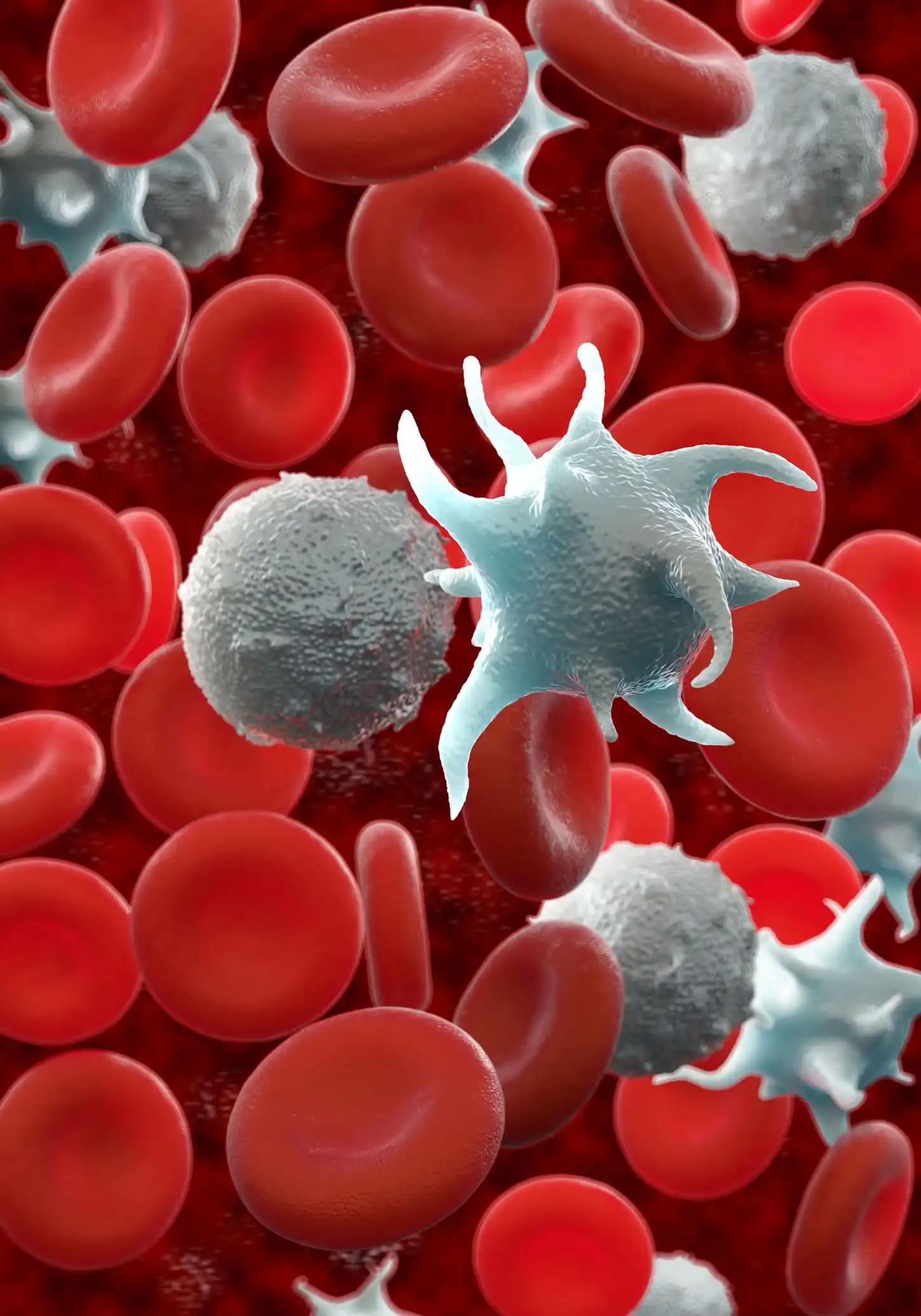KEY TAKEAWAYS
- The MURANO phase 3 trial assessed the long-term goods of Venetoclax (Ven) in combination with Rituximab (R) in cases with regressed/refractory habitual lymphocytic leukemia.
- A posthoc analysis of the trial results showed significant diminishments of Immunoglobulin G, A, and M, and T, B, and natural killer cell situations after treatment. However, these returned to birth situations at 12 and 24 months post-treatment.
- Although numerically advanced, the rate of grade ≥ 3 infections wasn’t statistically significant in cases with the undetectable minimum residual complaint at the end of treatment.
- CD19 B cell recovery began one time after the end of the combination treatment. It stabilized at 30 months post-treatment, regardless of minimum residual complaint status.
- Cases demonstrated weak recovery following fixed-duration treatment with VenR.
Chronic lymphocytic leukemia (CLL) is characterized by vulnerable dysregulation, which can lead to hypogammaglobulinemia and intermittent infections. Rituximab (R), an anti-CD20 antibody (Ab), is generally used in combination with venetoclax (Ven) to treat regressed/ refractory CLL. The long-term impact of this treatment on B cell recovery has yet to be extensively studied. We conducted a post hoc analysis of the MURANO trial (NCT02005471) to estimate the long-term changes in vulnerable parameters among cases( pts) who completed the entire VenR course and didn’t have progressive complaints (PD). 389 pts were randomized to either VenR (2 times of Ven with R for the first six months) or six months of bendamustine-R.
Among those who completed the VenR course without PD, immunoglobulin( Ig) G, A and M, and T, B, and natural killer (NK) cells were centrally measured at birth( BL), cycle four day 1( C4D1), end of combination treatment (EOCT), end of treatment (EOT), and every three months for over to 3 times, also every six months until PD. A median change from BL was calculated among pts with paired evaluable BL and visit samples. IgG situations dropped significantly at EOT compared to BL (n = 91; standard change from BL, –5.9). Still, at 12 months (n = 77; standard change from BL, –4.8) and 24 months (n = 58; standard change from BL,1.1)post-treatment, IgG situations weren’t significantly different from BL situations.
Although there was no reduction in IgA from BL at EOT, at 12 and 24 months post-treatment, IgA situations were significantly increased( median change from BL,12.5 and 35.1, independently). IgM situations were significantly reduced at EOT vs. BL (median change from BL, –32.3) but returned to BL situations at 12 months post-treatment (median change from BL,11.1). At 24 months post-treatment, IgM had significantly increased by 49.5 compared with BL situations. No significant difference in standard IgG, IgA, and IgM situations at any time point was observed between cases that achieved undetectable( u) MRD at EOT and cases with MRD at EOT.
The overall infection rate was low; still, there was the anon-statistically significant but numerically advanced rate of grade ≥ 3 infections being on treatment in those with uMRD at EOT compared with those who had MRD at EOT(15.2(10/66) vs7.1(2/28); p = 0.5). A reduction in CD19 B cells was observed on treatment, which was more pronounced in pts with uMRD at EOT. After EOCT, B cell recovery started 1 time latterly and stabilized 30 months after EOCT, anyhow of EOT MRD status. Total CD3 T and NK cells were maintained within the reference range post-treatment. Overall, pts demonstrated weak recovery following fixed-duration treatment with VenR.
Post-treatment, recovery of IgG, IgA, and IgM situations were observed anyhow of EOT MRD status. While the overall prevalence of grade ≥ 3 infections was low, the rate was numerically advanced in cases with uMRD at EOT compared with cases with MRD. Fresh analyses are underway to assess the correlation between infection and MRD state.
Source:https://ash.confex.com/ash/2022/webprogram/Paper158275.html
Clinical Trial:https://clinicaltrials.gov/ct2/show/NCT02005471
Kater, A., Eichhorast B, Owen C, Jaeger U, Chyla B, Lefebure M, Millen R, Jiang Y, Mulero M, and Seymour J. (2022). Long-Term Host Immune Changes Following Treatment with Venetoclax Plus Rituximab in Relapsed/Refractory Chronic Lymphocytic Leukemia. [online] ash.confex.com. Available at: https://ash.confex.com/ash/2022/webprogram/Paper158275.html [Accessed 20 Feb. 2023].



